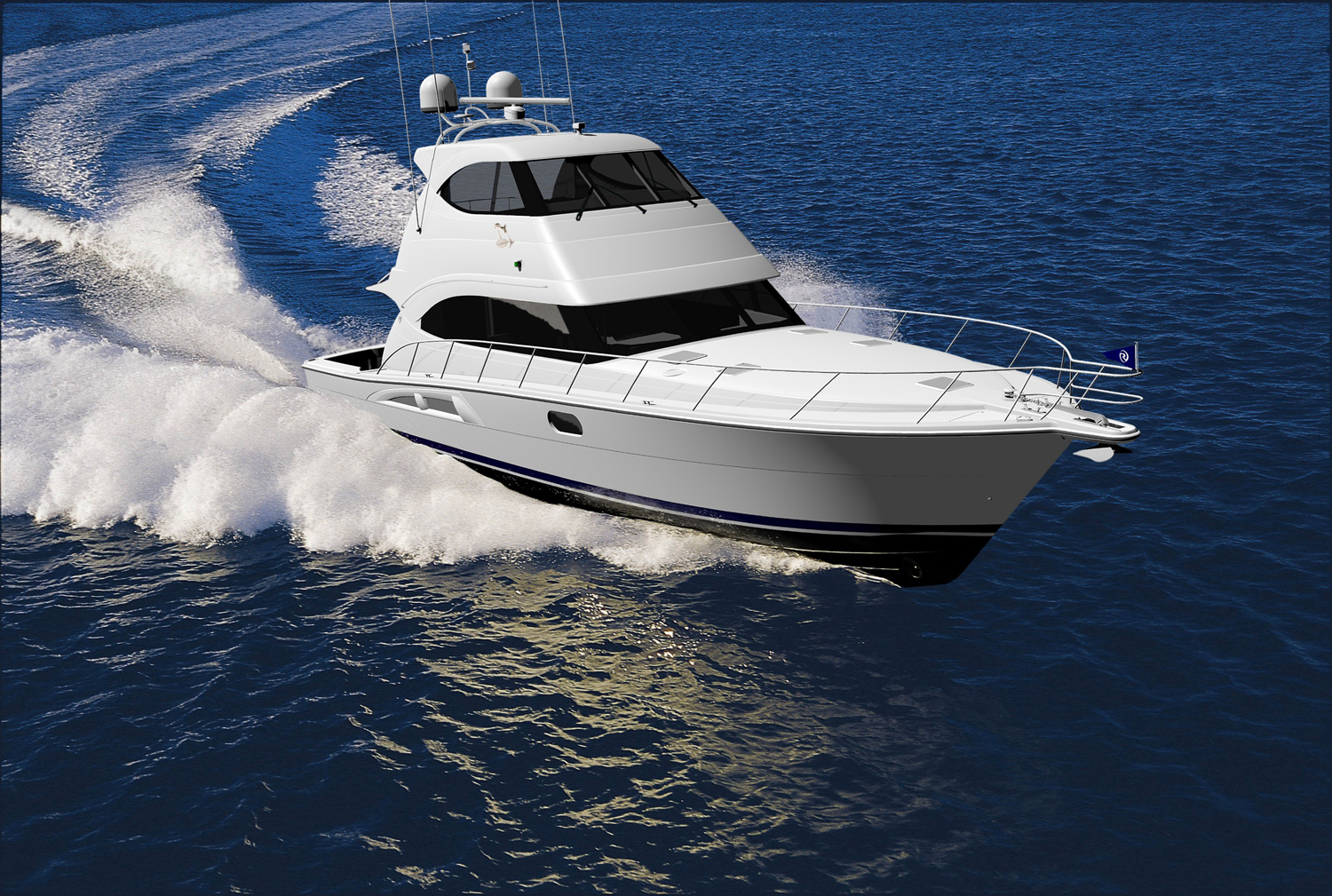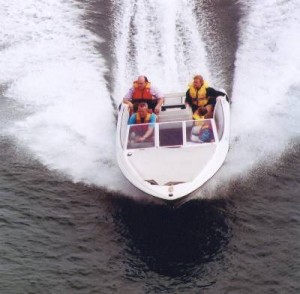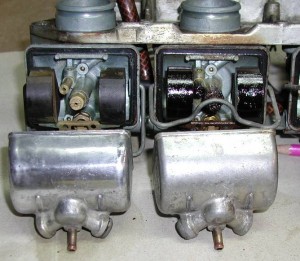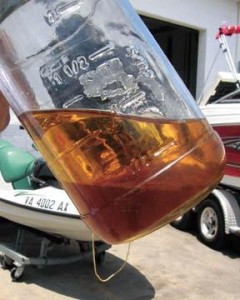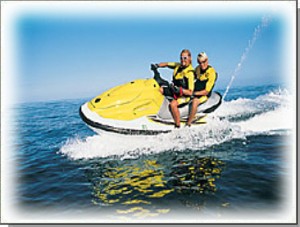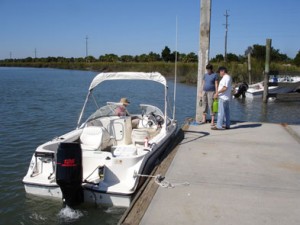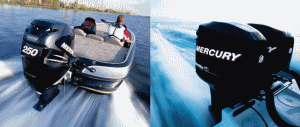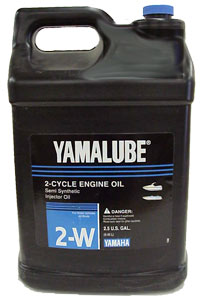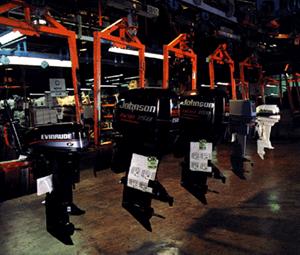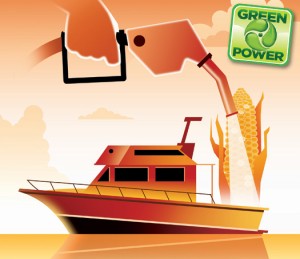Fishing Tips from a Yamaha Pro
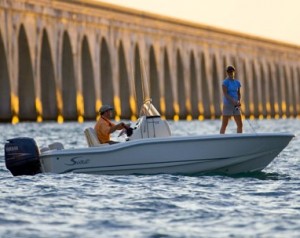
For boat owners lucky enough to live in areas where the sun shines year round, fishing season is anything but over by mid September. According to professional angler Clark Wendlandt, many fishermen overlook one of the most bountiful places to catch a sizeable dinner – or maybe even a genuine trophy fish or two. If you begin and end your day of boating in a marina, you may not have to go far to find fish.
Rocky stretches of shoreline, and even man-made rock walls, are excellent hideouts for certain types of forage bass. The algae that grows along those rocks marks the bottom of the food chain, and small minnows gather to feast on the sustenance. Crawfish also prefer tiny crevices where they can hide from predators, and all of these elements combine to bring bass from miles around.
Wendlandt, who relies on Yamalube oil to help propel his boat around the lake, recommends fishing rocks early in the morning. That’s when the bass stay in relatively shallow water. He tends to use crankbaits when fishing rocky stretches and then, if that doesn’t work, switches to worms or even jigs. You don’t need to be a professional to recognize a great opportunity to catch fish.


